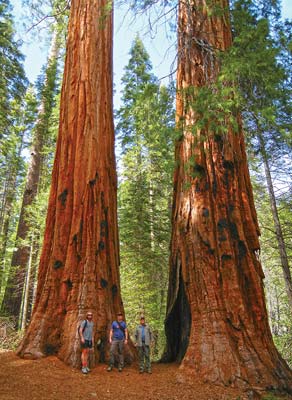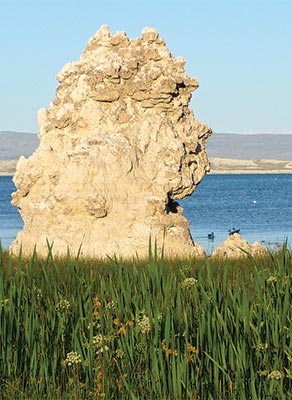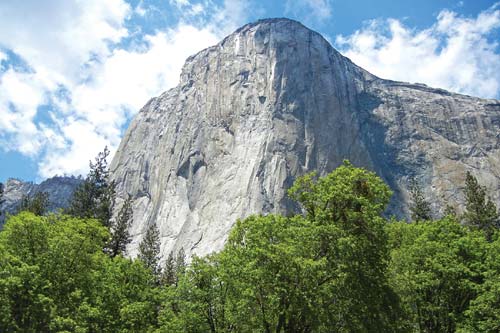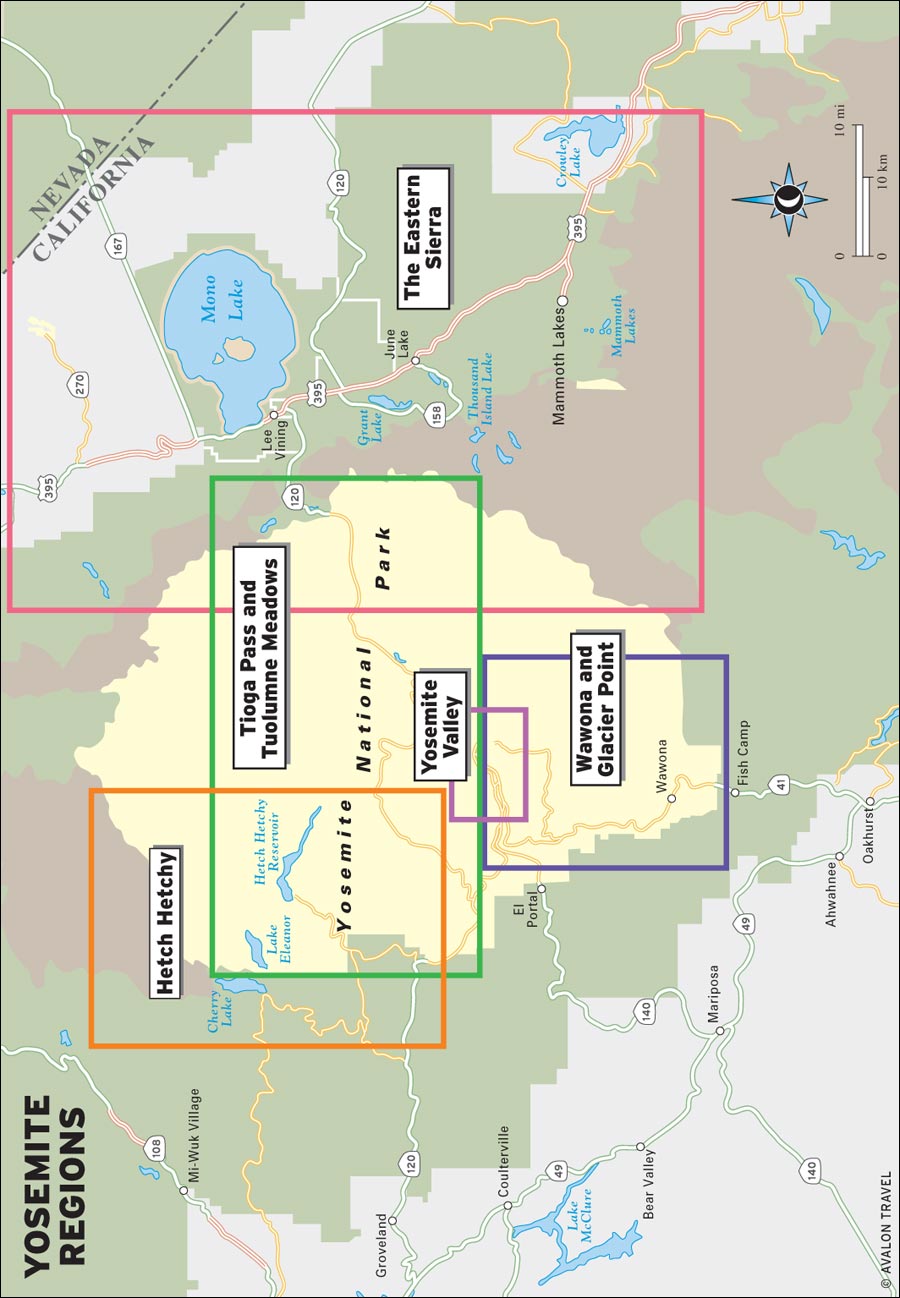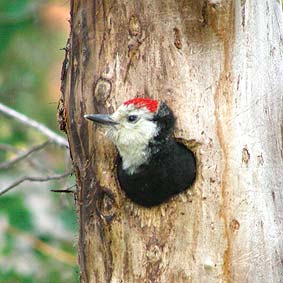 Plunging waterfalls, stark granite, alpine lakes, pristine meadows, giant sequoia trees, and raging rivers youll find them all in Yosemite National Park. From Yosemite Valleys famous waterfalls, which are ranked among the tallest in the world, to the towering granite domes and glistening meadows of Tioga Pass, Yosemite is a place that can only be described in superlatives. At 1,169 square miles and 750,000 acres, the park is nearly the size of Rhode Island and one of the most popular national parks in the United States, visited by more than 3.5 million people each year.
Plunging waterfalls, stark granite, alpine lakes, pristine meadows, giant sequoia trees, and raging rivers youll find them all in Yosemite National Park. From Yosemite Valleys famous waterfalls, which are ranked among the tallest in the world, to the towering granite domes and glistening meadows of Tioga Pass, Yosemite is a place that can only be described in superlatives. At 1,169 square miles and 750,000 acres, the park is nearly the size of Rhode Island and one of the most popular national parks in the United States, visited by more than 3.5 million people each year.
Set aside as a national park in 1890, Yosemite is a place that is synonymous with scenery. The seven-mile-long Yosemite Valley is known the world over as an incomparable natural wonder, with its 3,000-foot granite walls and leaping waterfalls. It is estimated that more than half of the parks visitors see only Yosemite Valley when they travel to Yosemite, even though the Valley makes up less than one percent of the park. Beyond the Valley lies the pristine high country of Tioga Pass Road and Tuolumne Meadows subalpine expanse, bordered by precipitous mountain summits and granite domes. To the northwest lies Hetch Hetchy, a reservoir in a valley considered to be a twin of Yosemite Valley. To the south is Glacier Point with its picture-postcard vistas, and the marvels of the Mariposa Grove of Giant Sequoias the largest living trees on earth.
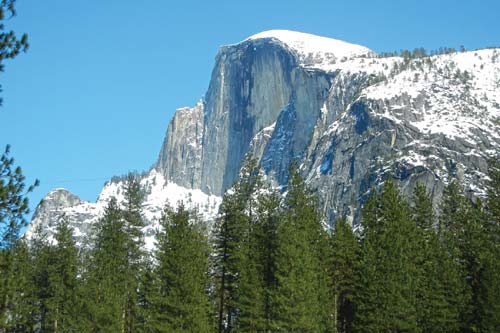
 | 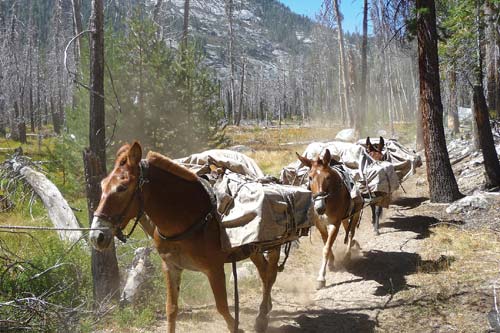 |
In addition to all its scenic wonders, Yosemite is a park that is ideally suited for outdoor recreation. From rock climbing to horseback riding, from camping to hiking, the vast majority of Yosemite travelers come to this park to play outside in its mountain landscape. With more than 800 miles of paths to walk, hikers can choose from short-and-easy jaunts to world-class destinations like Sentinel Dome and Vernal Fall, intense treks to the summits of Half Dome or Clouds Rest, or a wealth of moderate trails in between the two extremes.
Last but certainly not least, Yosemite is a park for nature study. Whether you are captivated by the secrets of its glacier-carved rocks, the poetry of the evening light on Half Dome, or the adorable antics of a chipmunk at your campsite, youll find that a visit to Yosemite sparks a deep sense of curiosity and wonder about the natural world. It has done so for as long as humans have inhabited its landscape; it will continue to do so for as long as we continue to preserve and protect it.
WHERE TO GO
Yosemite Valley
The majority of park visitors spend their time in Yosemite Valley. This is where most of the parks lodgings and restaurants are located, where most guided tours take place, and where a wealth of organized activities happen daily: ranger walks, biking, art classes, photography seminars, and more. The Valley is also a geologic marvel: Yosemites world-famous waterfalls drop from the valley rim. El Capitan, the largest single piece of granite rock on earth, and Half Dome, one of the most photographed landmarks in the West, are both located here.
Wawona and Glacier Point
In southern Yosemite, near the hamlet of Wawona, are two of Yosemites premier attractions: the Mariposa Grove of Giant Sequoias and Glacier Point. The Mariposa Grove boasts several hundred giant trees. Glacier Point is a drive-to overlook that offers one of the best views in the West, encompassing all the major granite landmarks of Yosemite Valley and the surrounding high country. History lovers will enjoy Wawona, with its historic buildings at the Pioneer Yosemite History Center and 19th-century Wawona Hotel.
Tioga Pass and Tuolumne Meadows
The Tuolumne Meadows region is ideal for hikers and backpackers. At an elevation of 8,600 feet, Tuolumne Meadows is one of the parks most photographed regions. Its wide, grassy expanse is bound by high granite domes and peaks. Trails lead to alpine lakes set below the spires of Cathedral Peak and Unicorn Peak, to roaring waterfalls on the Tuolumne River, and to the summits of lofty granite domes with commanding vistas of the high country. Visitor services are few and far between here, but hikers, campers, and nature lovers will be in their element.
Only a tiny percentage of mighty El Capitan is visible above ground.



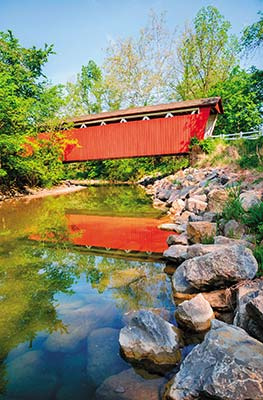
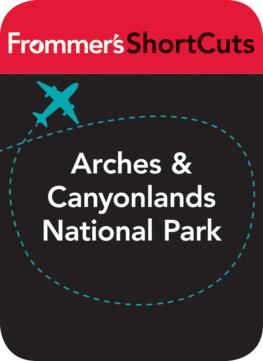
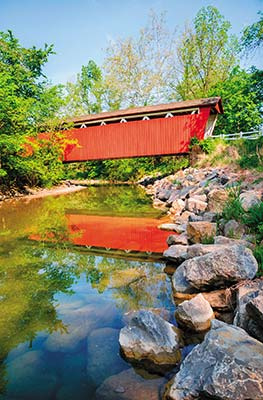

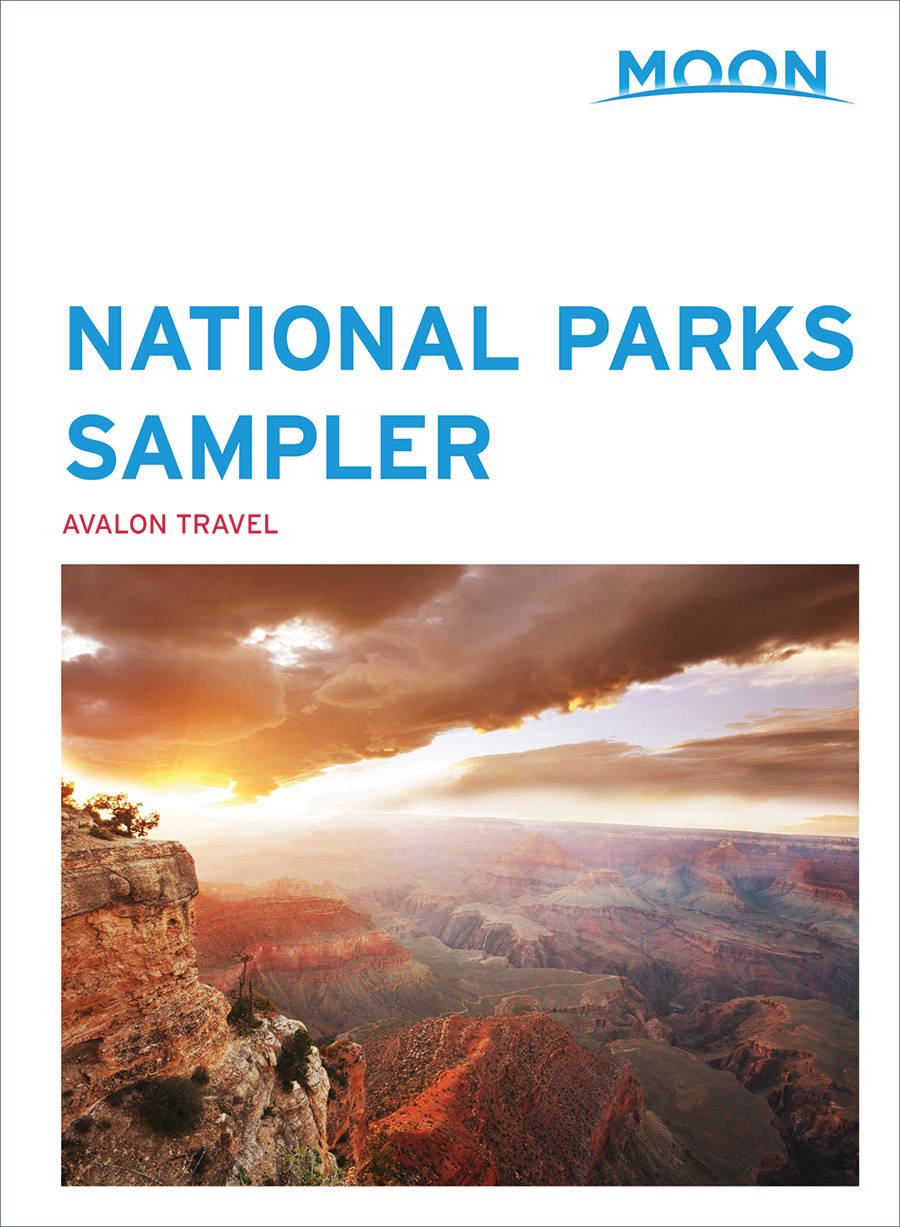

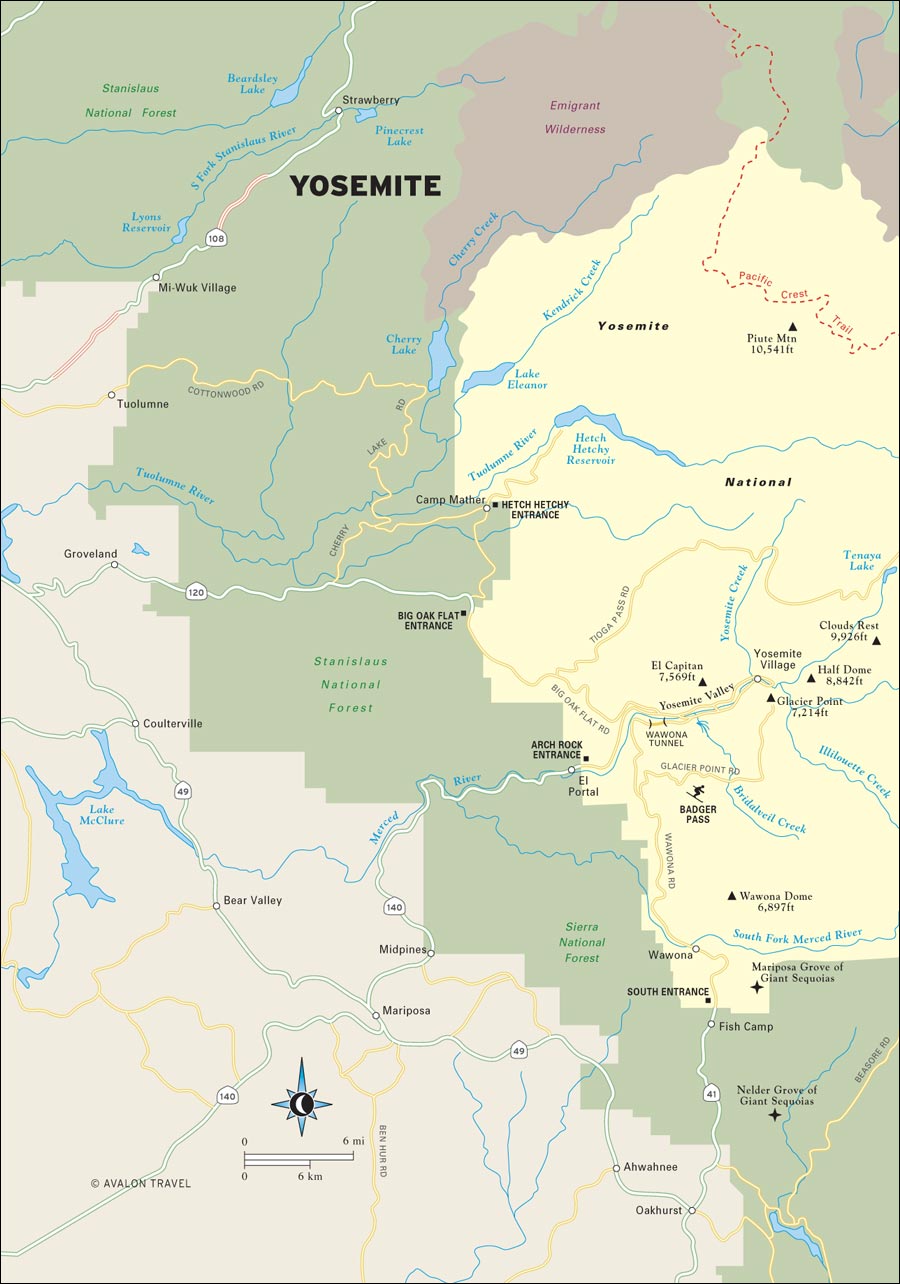


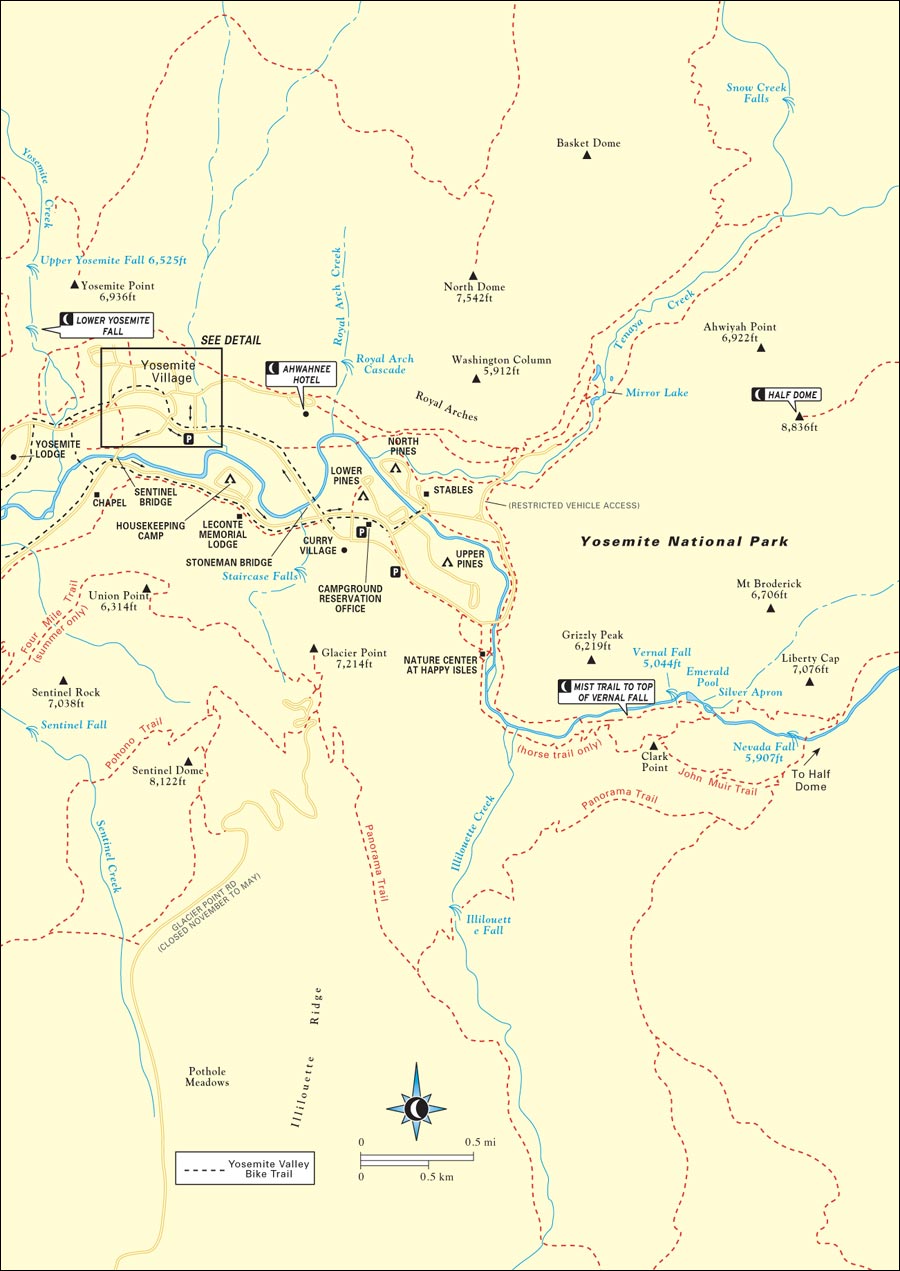

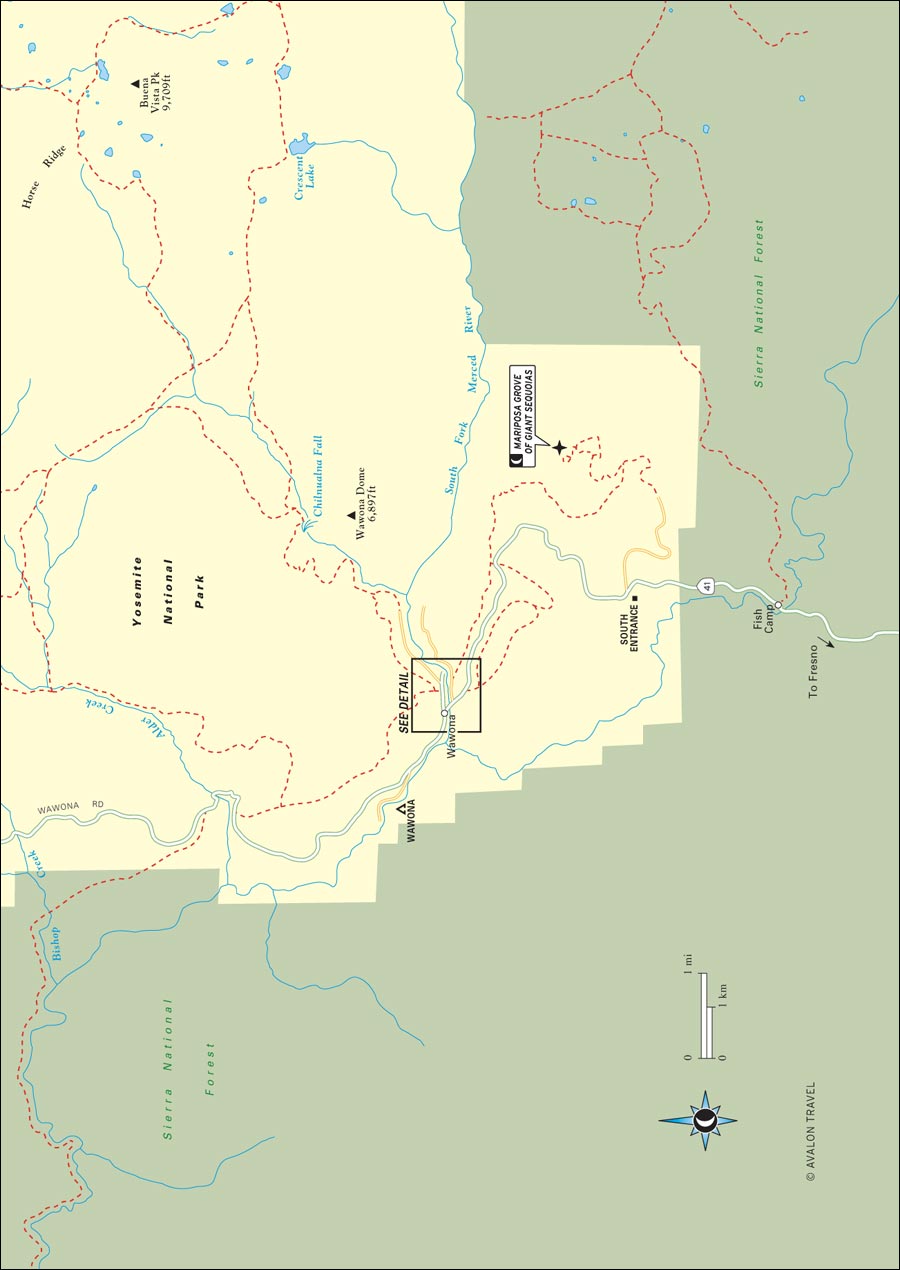

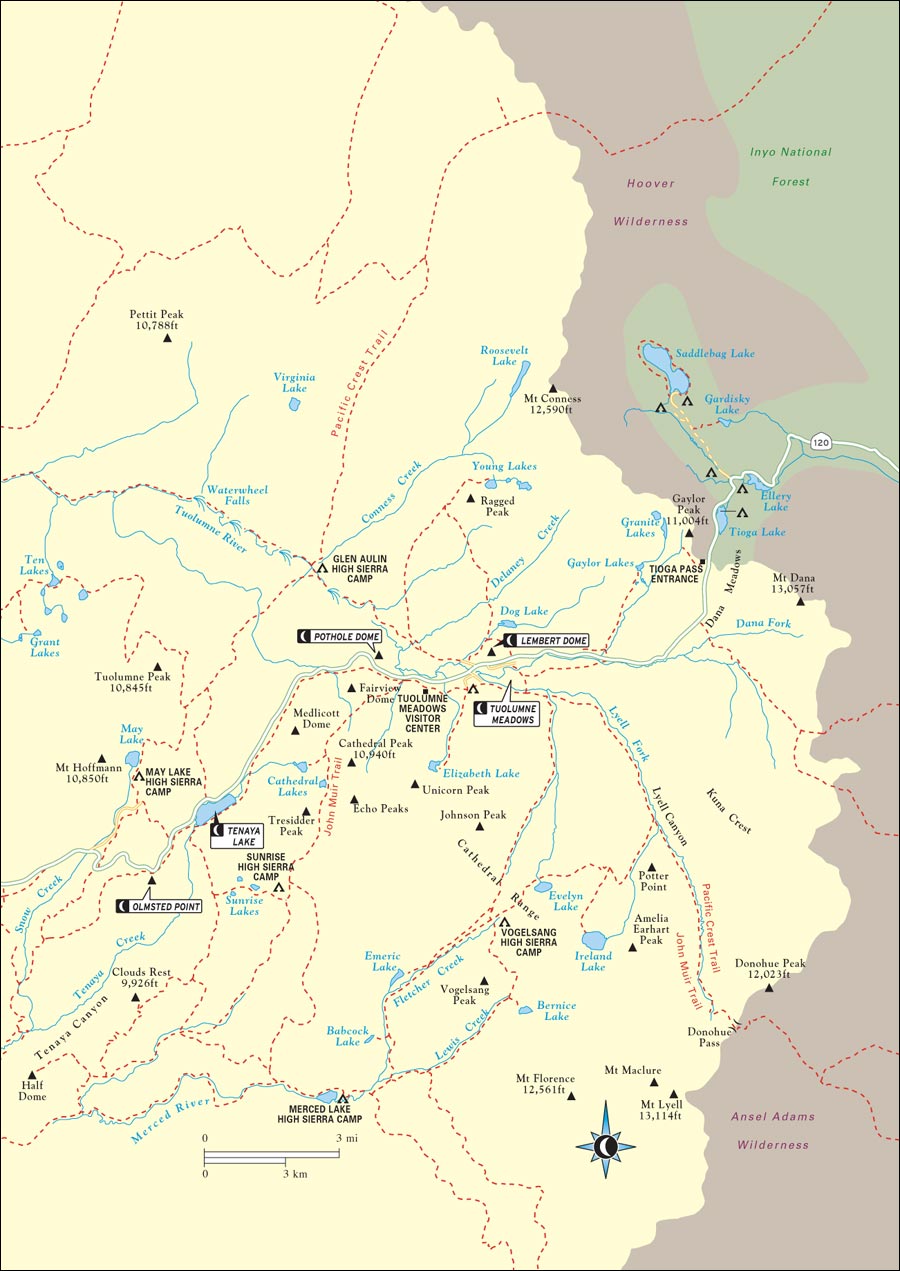
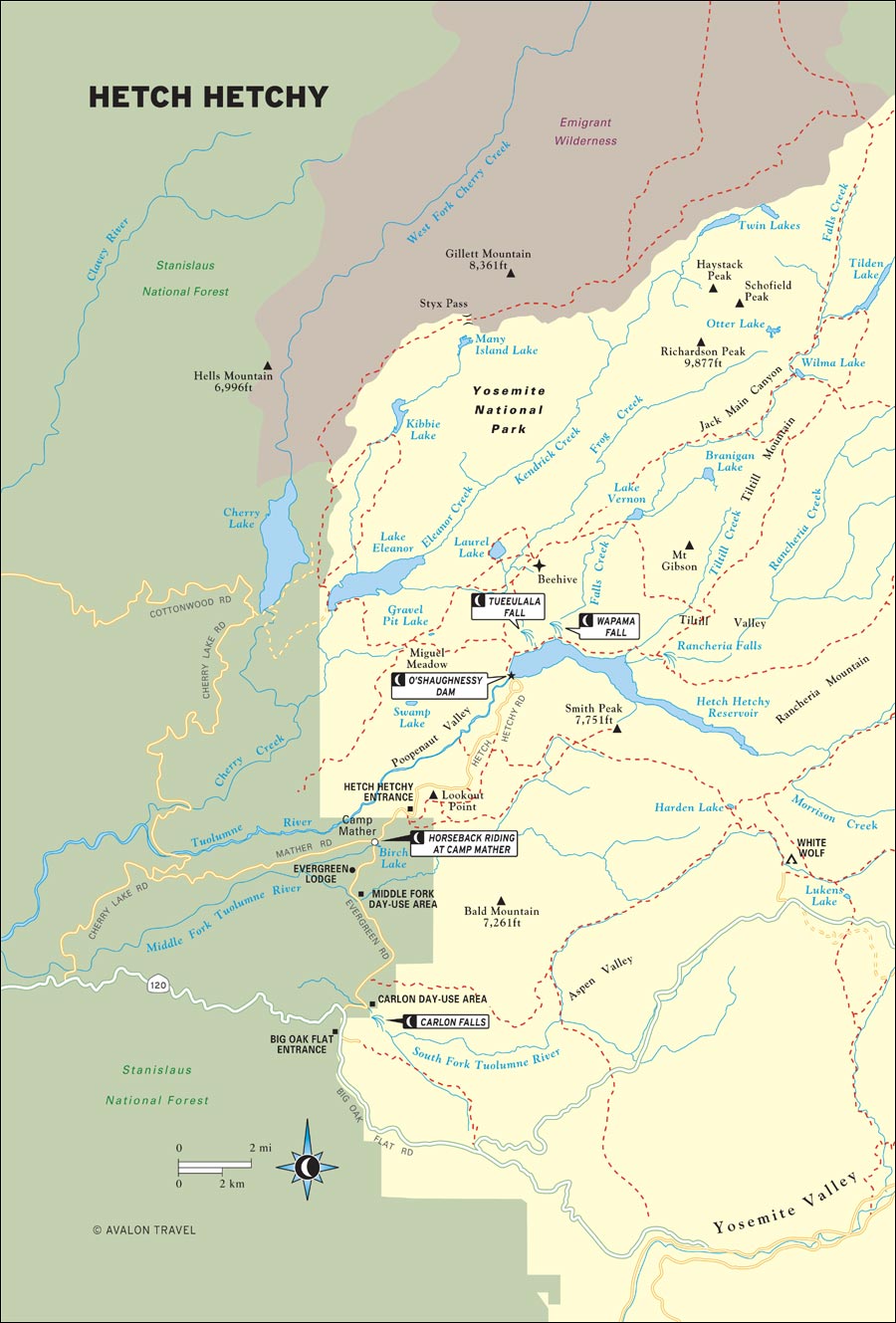
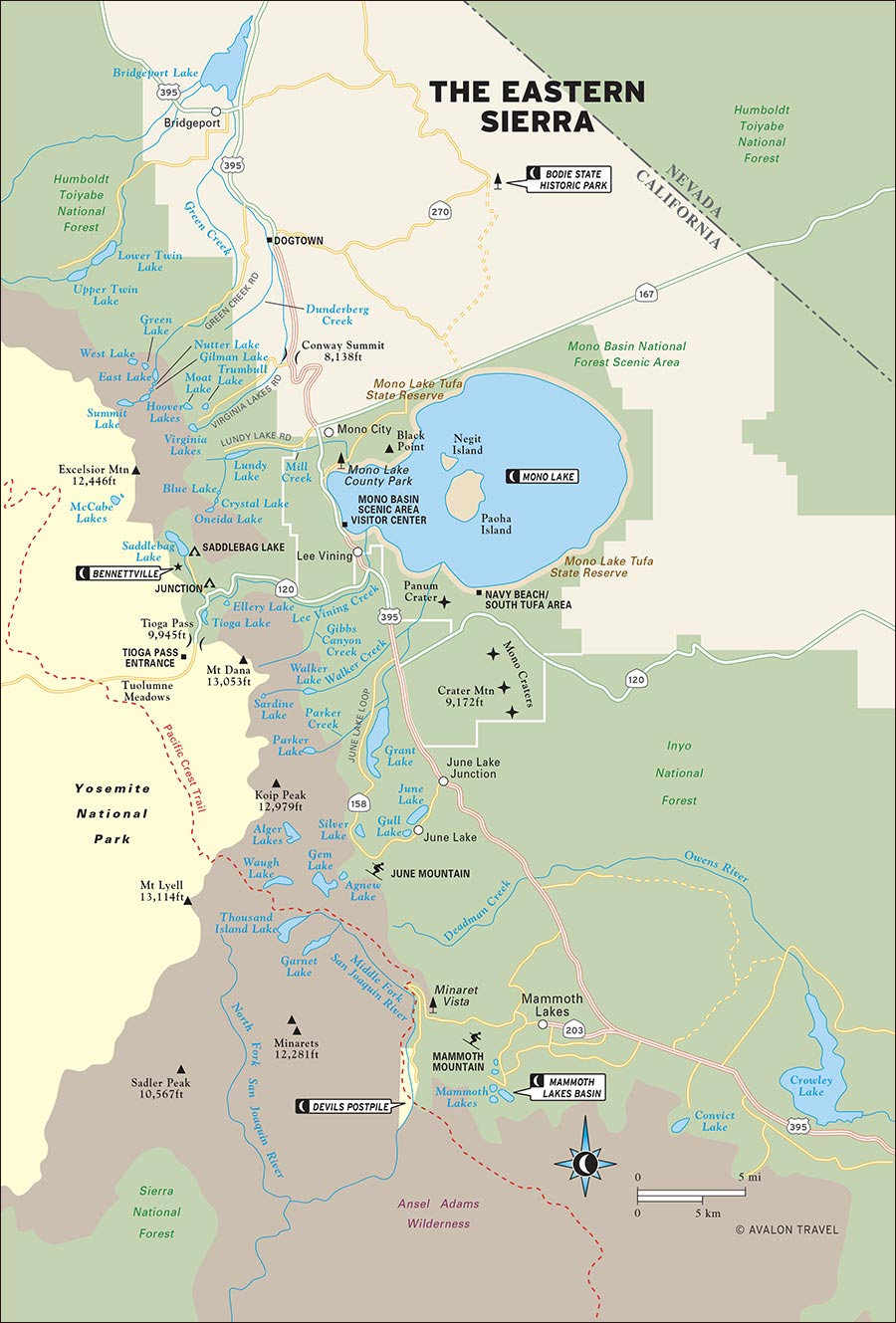
 Plunging waterfalls, stark granite, alpine lakes, pristine meadows, giant sequoia trees, and raging rivers youll find them all in Yosemite National Park. From Yosemite Valleys famous waterfalls, which are ranked among the tallest in the world, to the towering granite domes and glistening meadows of Tioga Pass, Yosemite is a place that can only be described in superlatives. At 1,169 square miles and 750,000 acres, the park is nearly the size of Rhode Island and one of the most popular national parks in the United States, visited by more than 3.5 million people each year.
Plunging waterfalls, stark granite, alpine lakes, pristine meadows, giant sequoia trees, and raging rivers youll find them all in Yosemite National Park. From Yosemite Valleys famous waterfalls, which are ranked among the tallest in the world, to the towering granite domes and glistening meadows of Tioga Pass, Yosemite is a place that can only be described in superlatives. At 1,169 square miles and 750,000 acres, the park is nearly the size of Rhode Island and one of the most popular national parks in the United States, visited by more than 3.5 million people each year.


